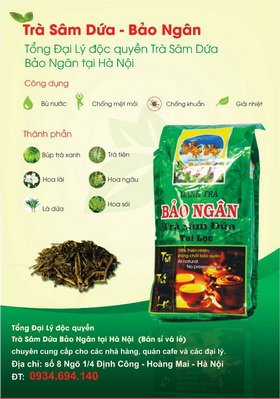Mọi người dịch giúp mình đoạn này với ạ. Xin cảm ơn.
Over the past 20 years there has been a growing consumer’s
interest, in minimally processed fruit and vegetables for their
freshness and convenience. The benefits of fruit and vegetable consumption
are now widely reported in the literature, as they represent
a source of vitamin C and phenolic antioxidants, which intake
is reported to decrease the risk of developing degenerative diseases,
such as cancer, diabetes, cardiov... Mọi người dịch giúp mình đoạn này với ạ. Xin cảm ơn.
Over the past 20 years there has been a growing consumer’s
interest, in minimally processed fruit and vegetables for their
freshness and convenience. The benefits of fruit and vegetable consumption
are now widely reported in the literature, as they represent
a source of vitamin C and phenolic antioxidants, which intake
is reported to decrease the risk of developing degenerative diseases,
such as cancer, diabetes, cardiovascular and neurological
diseases. Among fruits, oranges have the ideal characteristics to
be minimally processed as they are a non climacteric fruit that
can be stored for long periods without apparent bio-chemical
changes [1]. Orange juice is probably the best known and most
widespread fruit juice all over the world, particularly for its flavor
and highest value for its vitamin C and natural antioxidants
contents [2].
Citrus fruits are the main horticultural products with an annual
production of over 88 million tons, where 33% of the fruits such as
oranges, etc. are industrially processed for juice production [3].
Many studies have been conducted to determine the energy
efficiency of plant production, such as energy use pattern in a
typical village in arid zone; soybean and wheat crops in India, sun-
flower in Greece, citrus fruits, sweet cherry, some field crops and
vegetable in Turkey and maize and sorghum in the United States
[4]. Crop production in general requires high input of fossil fuels,
which is consumed as direct and indirect energies. The latter
systems are characterized by the heavy use of fertilizers, pesticides,
labor-saving and high-power machines [5]. Mathematical
function needs to be specified to obtain a relationship between
inputs and yield [6]. Agriculture uses large quantities of locally
available non-commercial energies, such as seed, manure and
animate energy, and commercial energies directly and indirectly
in the form of diesel, electricity, fertilizer, plant protection,
chemicals, irrigation water, machinery, etc. Efficient use of these
energies helps to achieve increased production and productivity
and contributes to economy, profitability and competitiveness of
agricultural sustainability to rural living requirements [7].
Renewable energy sources coming from agricultural crops play
an important role to supply the energy requirement and in terms
of environmental effects [8]. Energy input–output relationships
in cropping systems vary with the crops grown in a sequence, type
of soils, nature of tillage operations for seed bed preparation,
nature and amount of organic manure and chemical fertilizers,
plant protection measures, harvesting and threshing operations,
yield levels and biomass production
Xem thêm.
 1 · 1st April 2017 15:47
1 · 1st April 2017 15:47 0 · 1st April 2017 15:49
0 · 1st April 2017 15:49

